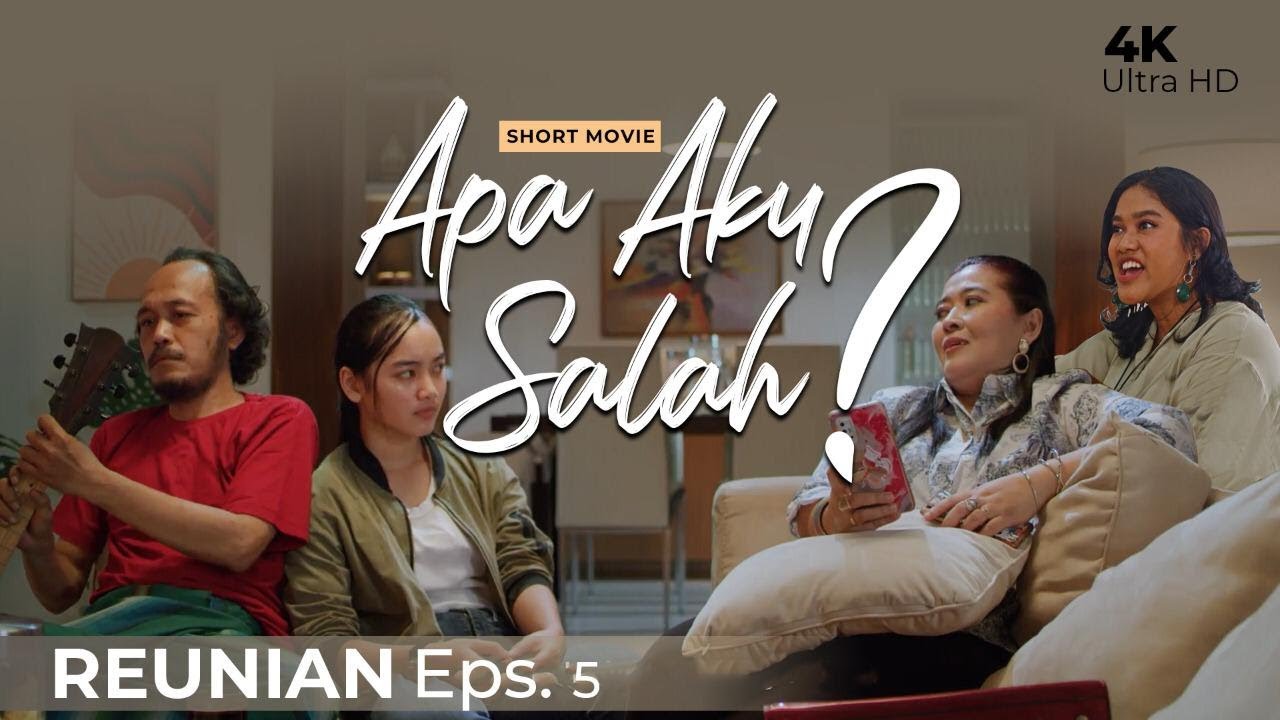[Tập 1] 1000 Câu Tiếng Hàn Thực Tế | 실전 한국어 1000문장
Summary
TLDRThe transcript features a dynamic conversation, mixing various elements such as greetings, questions about age and names, and discussions around buying tickets and making purchases. It highlights cultural nuances, interactions in a casual context, and responses to questions in a playful and light-hearted manner. The dialogue covers a range of topics, from personal introductions to specific interactions in a social setting, offering a glimpse into everyday Korean conversations filled with humor, curiosity, and exchanges about products or services.
Takeaways
- 😀 The script includes a mix of greetings, casual conversations, and expressions used in various scenarios.
- 😀 Frequent use of '안녕하세요' (Hello) and '감사합니다' (Thank you), indicating a friendly and polite tone throughout the dialogue.
- 😀 There are multiple instances of people introducing themselves and asking for personal details like names and ages.
- 😀 The script features exchanges about basic questions like 'Where can I buy tickets?' and 'How much is it?', pointing to a setting of customer service or casual inquiries.
- 😀 There are several repetitions of basic expressions such as '알겠어요' (I understand) and '모르겠어요' (I don't know), indicating a conversational style.
- 😀 Some dialogue snippets suggest confusion or lack of understanding, shown by questions like '이게 뭐에요?' (What is this?).
- 😀 The script includes some specific phrases related to transactions, such as requests for menus and ticket purchases.
- 😀 There is a recurring theme of requests for assistance, like '뭘 도와드릴까요?' (What can I help you with?), which shows a customer-oriented context.
- 😀 The script also shows frequent use of polite phrases in service-related situations, such as '계산해 주세요' (Please calculate) and '표 2장 사주세요' (Please buy 2 tickets).
- 😀 Some parts of the transcript reflect confusion and hesitation, with characters saying '잘 모르겠는데요' (I'm not sure).
Q & A
What is the main theme or focus of the script?
-The script appears to contain a mix of casual conversations, greetings, personal introductions, and interactions in a variety of contexts, such as asking about names, ages, and discussing common activities.
Are there any recurring phrases in the script? What do they signify?
-Yes, phrases like '안녕하세요' (Hello), '감사합니다' (Thank you), and '죄송합니다' (Sorry) are repeated frequently. These are standard Korean greetings and expressions of gratitude and apology, showing politeness and respect in interactions.
What type of content is being discussed in the script?
-The script covers everyday conversations, including personal introductions, greetings, asking questions about people's names and ages, and offering assistance in various scenarios like buying tickets, ordering food, and engaging in small talk.
How does the script reflect common social behaviors in Korean culture?
-The script reflects a strong emphasis on politeness, with frequent use of formal and respectful language like '안녕하세요' (Hello) and '감사합니다' (Thank you). This aligns with the hierarchical nature of Korean society, where showing respect to others is important in communication.
What can be inferred about the speaker's level of familiarity with the listener?
-The script contains many instances of formal language, suggesting that the speaker may not be very familiar with the listener or is trying to maintain politeness in a professional or casual setting.
Are there any moments where the speaker asks for help or clarification?
-Yes, the speaker asks for clarification in several parts of the script, such as '이게 뭐에요?' (What is this?) and '어떻게 하지요?' (What should I do?). This indicates the speaker is seeking guidance or information from others.
How are emotions or moods expressed in the script?
-Emotions are conveyed through expressions of gratitude, apologies, and curiosity. For example, the repeated use of '감사합니다' (Thank you) shows appreciation, while '죄송합니다' (Sorry) signals regret or an apology.
Are there any references to specific activities or locations in the script?
-Yes, there are references to activities like ordering food, buying tickets, and seeking assistance ('뭘 놓아 드릴까요?' - 'What would you like me to give you?'). There are also references to locations, such as mentions of specific items like '표' (ticket) or '돈' (money).
What role does the speaker take in the script?
-The speaker takes on the role of someone engaging in various interactions, either as a customer or as someone offering help or engaging in small talk with others. They ask questions, express gratitude, and seek clarification.
What type of social interactions does the script demonstrate?
-The script demonstrates social interactions like greetings, introductions, asking for help, ordering items, and expressing appreciation or apologies. These are all common in everyday social and transactional situations.
Outlines

هذا القسم متوفر فقط للمشتركين. يرجى الترقية للوصول إلى هذه الميزة.
قم بالترقية الآنMindmap

هذا القسم متوفر فقط للمشتركين. يرجى الترقية للوصول إلى هذه الميزة.
قم بالترقية الآنKeywords

هذا القسم متوفر فقط للمشتركين. يرجى الترقية للوصول إلى هذه الميزة.
قم بالترقية الآنHighlights

هذا القسم متوفر فقط للمشتركين. يرجى الترقية للوصول إلى هذه الميزة.
قم بالترقية الآنTranscripts

هذا القسم متوفر فقط للمشتركين. يرجى الترقية للوصول إلى هذه الميزة.
قم بالترقية الآن5.0 / 5 (0 votes)






